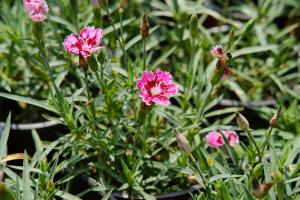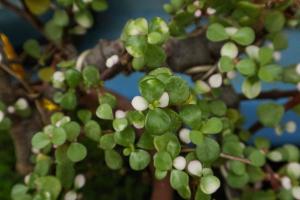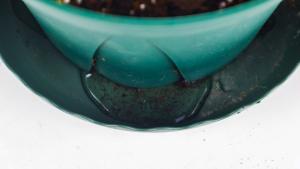Can Fluoride in Water Hurt Plants?
Fluoride is a mineral that naturally occurs in the earth's crust and is commonly found in groundwater. In some areas, fluoride is added to municipal water supplies to help prevent tooth decay. However, excessive amounts of fluoride in water can potentially harm plants.
Effects of Fluoride on Plants
Plants can absorb fluoride through their roots and leaves. When fluoride levels are too high, plants may experience stunted growth, wilting, leaf burn, and even death. This is because fluoride can disrupt normal cellular activity and inhibit essential enzymes that plants need to function properly.
Additionally, fluoride can accumulate in plant tissues over time, which can pose a risk to animals and humans that consume those plants. In some cases, fluoride can even affect the quality of produce by altering its taste and texture.
Sources of Fluoride in Water
The primary sources of fluoride in water are naturally occurring minerals and industrial waste. Areas with high levels of fluoride in their soil and rock formations may also have elevated levels of fluoride in their groundwater. Additionally, certain industrial processes, such as fertilizer production and aluminum refining, can release fluoride into nearby water sources.
Preventing Fluoride Damage to Plants
The most effective way to prevent fluoride damage to plants is to ensure that the water they receive is within safe fluoride levels. The optimal fluoride concentration for plants varies depending on the species, but in general, fluoride levels of 2-5 milligrams per liter are considered safe.
If you are unsure of the fluoride levels in your water, you can have it tested by a local laboratory. If fluoride levels are higher than recommended, you may consider using a water filtration system or finding an alternative water source for your plants.
Conclusion
While fluoride can be beneficial for human oral health, high levels of fluoride in water can potentially harm plants. It is important to monitor the fluoride levels in water used for irrigation and take steps to prevent damage to your plants. By ensuring that your plants receive water with safe levels of fluoride, you can help promote their growth and health.

 how many times do yo...
how many times do yo... how many planted tre...
how many planted tre... how many pine trees ...
how many pine trees ... how many pecan trees...
how many pecan trees... how many plants comp...
how many plants comp... how many plants can ...
how many plants can ... how many plants and ...
how many plants and ... how many pepper plan...
how many pepper plan...






























